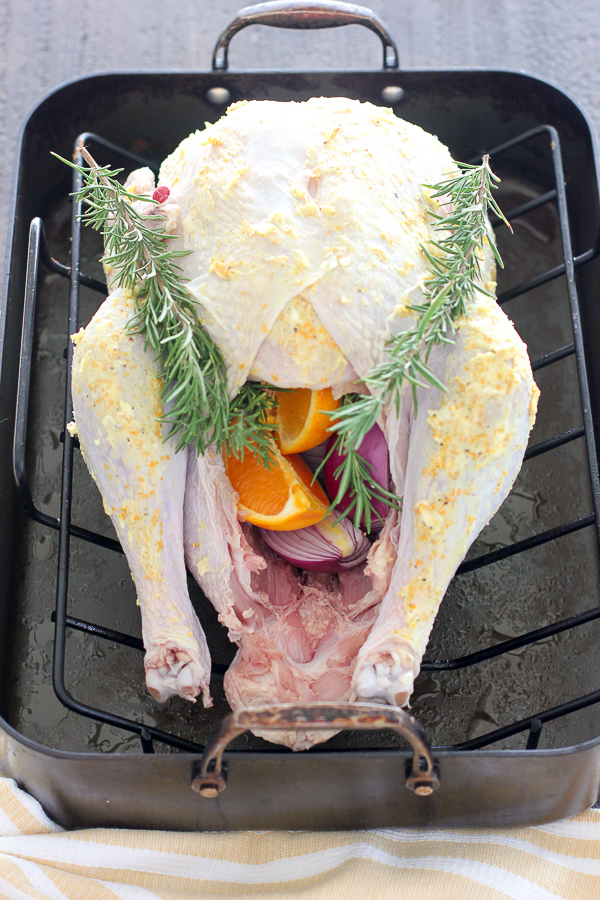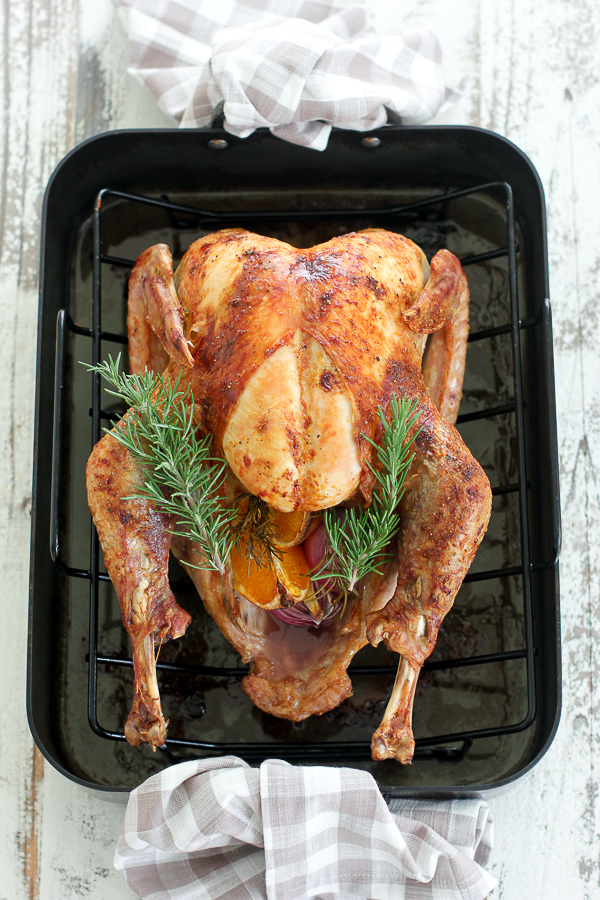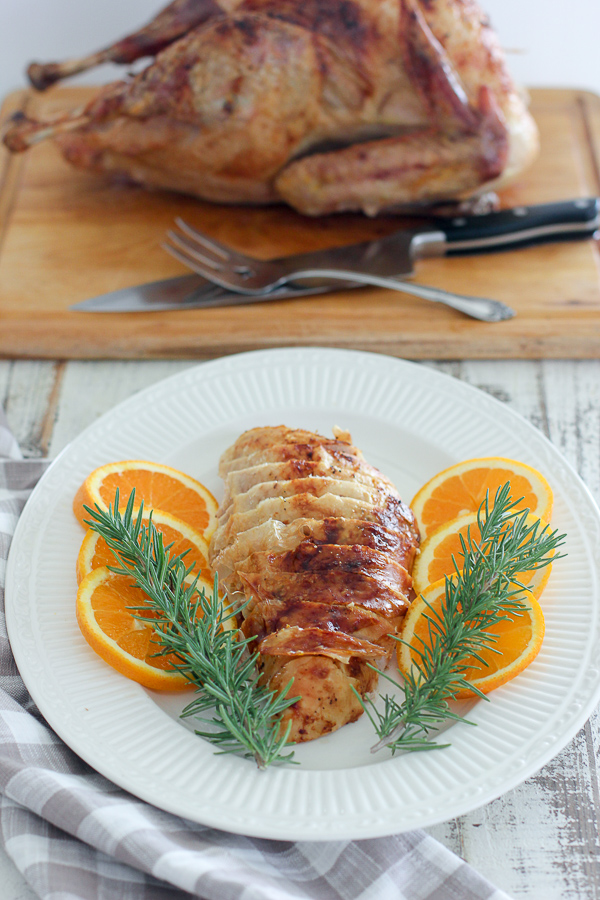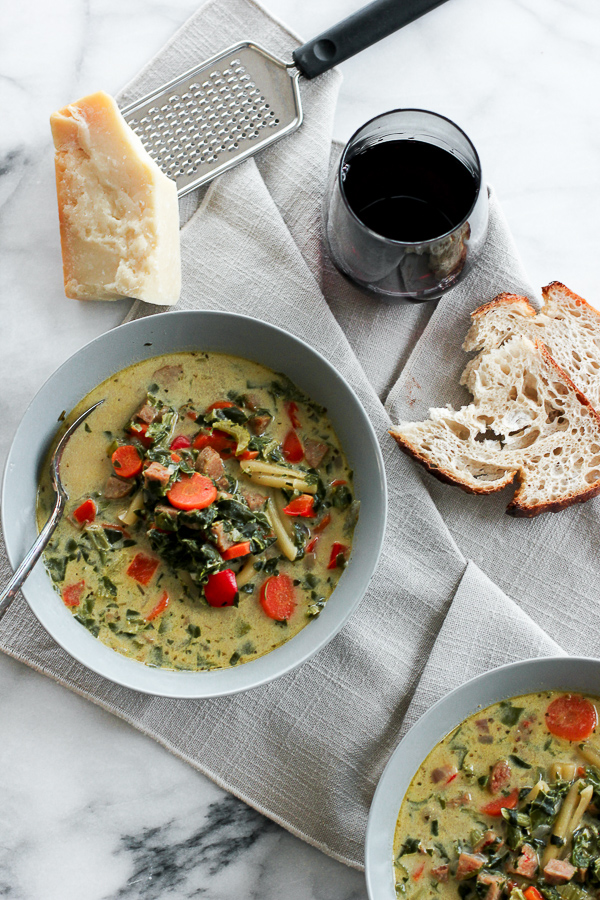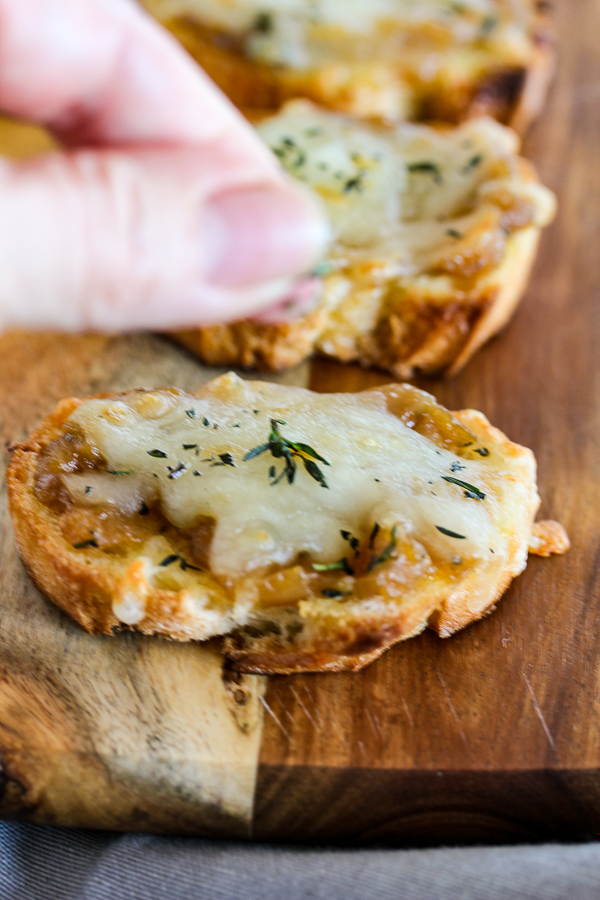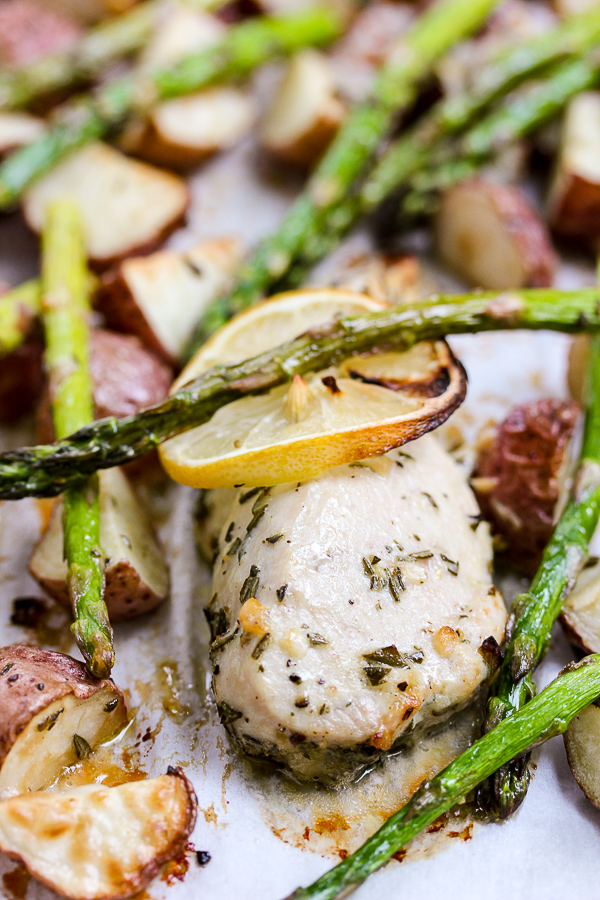Rosemary-Orange Roast Turkey Recipe

A flavorful compound butter gives this Rosemary-Orange Roast Turkey incredible flavor. It’s also incredibly easy to make.
Fresh Rosemary and Oranges
I’m always looking for different ways to make the perfect Thanksgiving turkey. I’ve experimented with a number of turkey recipes and I really love this Rosemary-Orange Roast Turkey.
The brightness of the citrus in an orange pairs so well with the aromatic brightness of fresh rosemary. And, rosemary is known to have powerful antioxidant, anti-inflammatory, and anti-carcinogenic properties – so that’s a bonus!
(Now, if roasting a whole turkey isn’t your thing and you just need a roast turkey breast, try this Grilled Boneless Turkey Breast recipe. Super easy and perfect for any time of the year.)
Prepping Your Turkey
I take an inside-outside approach to make sure the whole turkey has the maximum amount of that rosemary-orange flavor combination. Let’s begin with the outside.
Once your turkey is thawed (see below in Tips and Tricks for thawing technique), take from the refrigerator and pat turkey dry using paper towels. I highly recommend working with refrigerated poultry and not have it at room temperature to reduce the potential for any spoiling.
Now that you have a dried bird, it’s time for the first wave of goodness – rosemary-orange compound butter.
What is compound butter? Also known as herb butter, it is simply butter that you add a variety of herbs and/or spices. “Fancy” butter!
For this compound butter, I put unsalted butter (strongly suggested at room temperature) in a small bowl and mix in some fresh rosemary along with orange zest and a little salt, black pepper and fresh garlic. Pro tip – this butter is also great spread on your favorite artisan breads.
Seasoning the Outside and Inside of Your Turkey
Usually, people will simply season the outside skin of the turkey. But, a key to a moist, flavorful turkey, is to put this compound butter both on top of the skin as well as under the turkey skin.
Butter under the turkey skin flavors and moistens the meat. Butter on top of the turkey skin helps get that crispy deep golden brown skin.
The best way to get under the skin of the turkey is to work from the cavity of the turkey towards the front of the turkey. Gently separate the skin of the turkey breast with your fingers and once separated from the meat, put half of the compound butter under the skin. The other half of the compound butter will cover the outside of the turkey (breasts and legs).
Now for the inside approach. Once you’ve cleared the turkey cavity of the neck and giblets, dry that out with paper towels. Now for the fun part!
You will stuff the turkey cavity with rosemary sprigs, onions and orange slices. This helps get those flavors from inside the turkey cavity to the whole turkey. Put a couple of rosemary sprigs between the breasts and the legs and you have a prepped bird!
Cooking the Turkey
I do get a lot of questions about how long to cook a turkey and what is the best oven temperature to use, especially if this is your first turkey. It can also be confusing if your bird is not a 10-12 pound turkey as in this recipe.
A good rule of thumb for cooking time is around 15 minutes per pound. This may vary slightly if you have a very small or very large turkey, but by and large it works well. I like to cook turkey at 325 degrees if using a convection oven or 350 degrees if using a conventional oven.
Now, how do you know when the turkey is done? First of all, a meat thermometer is a must.
An old-school meat thermometer that has a dial works well. It just takes time.
These days, you can easily find an instant-read thermometer that takes just a second or two to measure. That type of thermometer is all I use anymore.
Your turkey is done when the meat thermometer reads 165 degrees in the thickest part of the breast and the thickest part of the thigh registers around 175 degrees. Some people will take the turkey out about 5 degrees below these temperatures.
Their reasoning is that the bird will continue to cook around another 5 degrees as it rests and they feel it is more juicy in the end. I would start with my recommended temperatures, but as you get more proficient in your turkey roasting, you too can experiment with what you believe works best.
I know you will love this recipe!
Enjoy!
Tips and Tricks
- If your turkey is frozen, there are two ways to defrost it. The first way would be to refrigerate it for 2-3 days. If you need it defrosted quicker, you can put the turkey, still in its plastic packaging, in a sink filled with cold water. This cold water method will defrost the turkey within a few hours.
- Don’t skip the orange compound butter. This is what gives the turkey extra flavor, keeps the meat moist and juicy, and gives you that crispy golden skin.
- Make sure to roast the turkey breast side up and tuck the wings underneath. You will get the beautiful golden skin with the turkey breast side up and the tucked wings allow maximum air flow to cook the turkey evenly.
- It is best to rest the turkey for 20-30 minutes under an aluminum foil tent. This will allow the juices to soak into the meat and will insure juicy slices of turkey
- While the turkey is resting, it’s a great time to put any sides that need baking into the oven.
- If your sides are not finished within that 20-30 minute resting time, no worries. As long as you keep the turkey tented with aluminum foil it will stay warm.
Ingredients Needed for this Roast Turkey
Full instructions can be found below in the printable recipe card
- Turkey – Frozen or fresh will both work equally well for this recipe.
- Oranges – Regular navel oranges work well to create the orange zest.
- Fresh garlic – I recommend fresh garlic over garlic powder. It will give the compound butter a bolder flavor.
- Butter – I recommend using unsalted butter. Salt is added to the compound butter, so unsalted butter will keep the mixture from becoming too salty.
- Salt
- Black pepper
- Fresh rosemary – I highly recommend fresh rosemary over dried. The fresh rosemary will have a much brighter flavor.
- Onion – Red onion is usually my preferred onion to use, but yellow or white onion will also work if that’s what you have on hand.
How to Roast this Rosemary-Orange Turkey
- Preheat oven to 325 degrees if using a convection oven or 350 degrees if using a conventional oven.
- Remove turkey from packaging and remove the neck and the package of giblets from the cavity of the turkey.
- Pat turkey dry.
- In a small bowl, mix together orange zest, garlic, butter, salt and black pepper.
- Gently separate the skin of the turkey from the meat with your fingers.
- Spread half of the compound butter mixture in-between the turkey skin and the meat, then spread the remaining half of the compound butter on top of the skin.
- Fill the turkey cavity with onion quarters, orange quarters and a couple of rosemary sprigs.
- Place turkey breast side up in a large roasting pan and place the remaining rosemary on top of the turkey.
- Put in a preheated oven and bake at 325 degrees for 2-½ to 3 hours until turkey reaches an internal temperature of 165 degrees (tent with aluminum foil for the 1st hour of roasting so the skin doesn’t burn).
- When done, let the turkey rest (covered with heavy-duty foil) for 20-30 minutes.
- Prior to carving, take out onions, oranges and rosemary sprigs from the cavity of the turkey.
Delicious Sides to Pair with Your Rosemary-Orange Roasted Turkey
- Garlic Mashed Potatoes
- Air Fryer Brussels Sprouts
- Apple Cranberry Leek Stuffing
- Fresh Green Beans with Butter Shallot Sauce
- Maple Brown Butter Roasted Sweet Potatoes
- Butternut Squash Casserole
- Fresh Cranberry Sauce
- Frozen Cranberry Salad
Rosemary-Orange Roast Turkey Recipe

A flavorful compound butter gives this Rosemary-Orange Roast Turkey incredible flavor. It's also incredibly easy to make.
Ingredients
- 1 (10-12 lb) turkey, thawed
- zest of 1 large orange
- 1 large clove garlic, grated
- 4 tbsp butter, softened
- 1/4 tsp salt
- 1/2 tsp pepper
- 5 sprigs fresh rosemary
- 1 large onion, quartered
- 1 large orange, quartered
Instructions
- Preheat oven to 325 degrees if using a convection oven or 350 degrees if using a conventional oven.
- Remove turkey from packaging and remove the neck and the package of giblets from the cavity of the turkey.
- Pat turkey dry.
- In a small bowl, mix together orange zest, garlic, butter, salt and black pepper.
- Gently separate the skin of the turkey from the meat with your fingers.
- Spread half of the compound butter mixture in between the skin and the meat, then spread the remaining compound butter on top of the skin.
- Fill the turkey cavity with onion quarters, orange quarters and a couple of rosemary sprigs.
- Place turkey breast side up in a large roasting pan and place the remaining rosemary on top of the turkey in between the legs and the breast.
- Put in a preheated oven and bake at 325 degrees for 2-½ to 3 hours until turkey reaches an internal temperature of 165 degrees (tent with aluminum foil for the 1st hour of roasting so the skin doesn't burn).
- When done, let the turkey rest (covered with heavy-duty foil) for 20-30 minutes.
- Prior to carving, take out onions, oranges and rosemary sprigs from the cavity of the turkey.
Nutrition Information:
Yield:
8Serving Size:
1Amount Per Serving: Calories: 82Total Fat: 6gSaturated Fat: 4gTrans Fat: 0gUnsaturated Fat: 2gCholesterol: 15mgSodium: 119mgCarbohydrates: 8gFiber: 1gSugar: 5gProtein: 1g
ENJOY!


